How research by a leading Russian technical university contributes to the fight against coronavirus
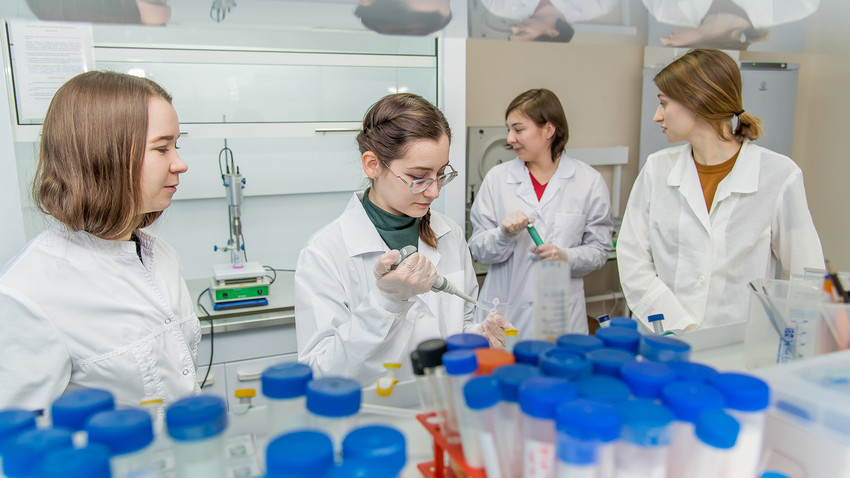
Can one do applied science remotely? Students and professors of the Peter the Great St. Petersburg Polytechnic University (which is listed in the Times Higher Education World University Rankings) say that for real researchers, even the coronavirus is not a problem, merely a challenge.
One of Russia’s largest technical universities, which has 34,000 students (including over 5,000 foreign ones), has introduced new formats of learning and research, including those that are currently being used in the fight against the novel coronavirus.
A mathematical model of the pandemic
Back in mid-April, experts from the National Technology Initiative Center presented a mathematical model of the spread of the coronavirus, predicting that in Moscow and St. Petersburg the outbreak would end by July 2020. The forecasts were based on data of how the virus was spreading in China and Italy, explains Alexey Borovkov, vice-rector for innovative projects at the Peter the Great St. Petersburg Polytechnic University.
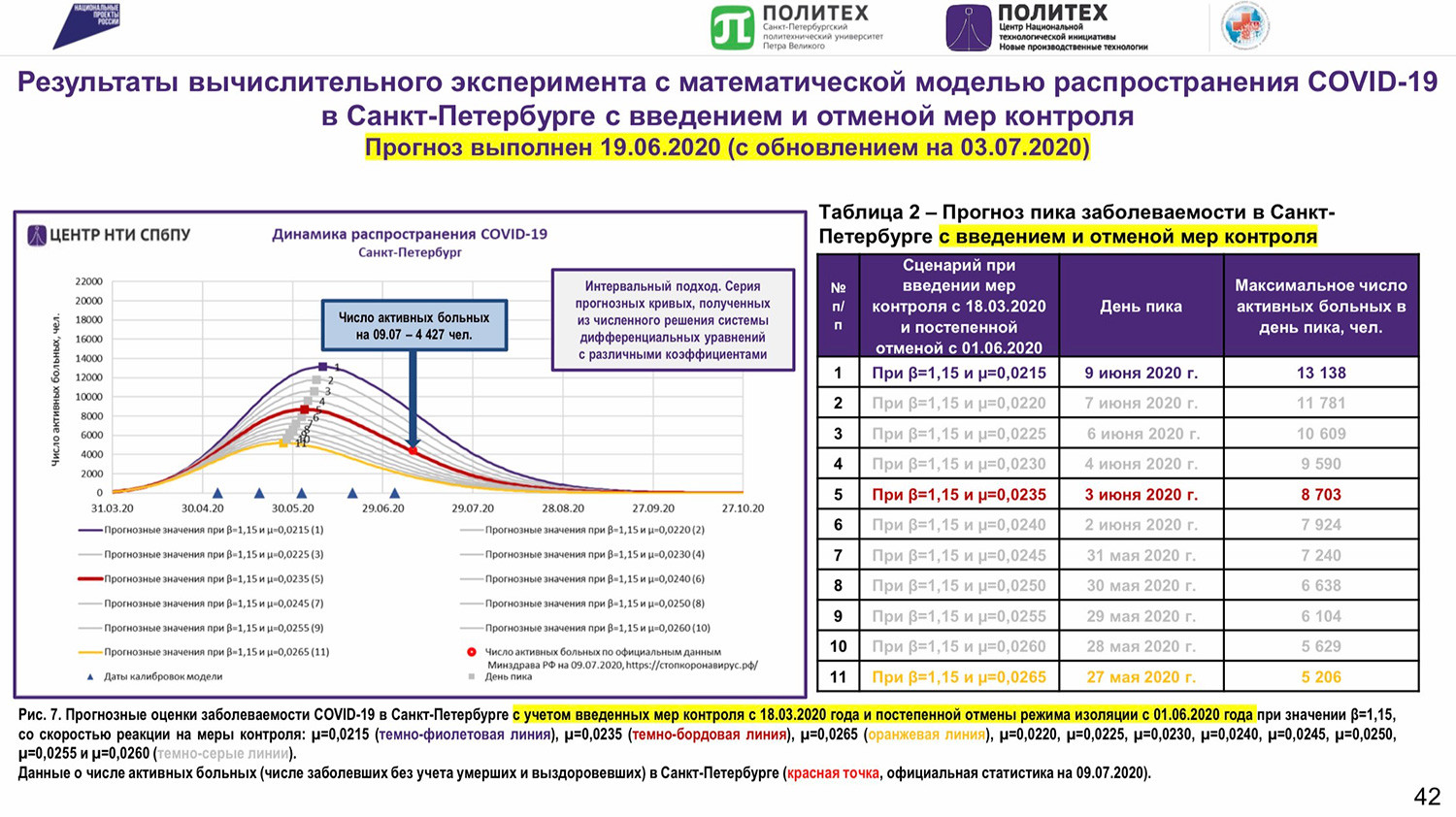
“If the effective reproduction number R(t) (which indicates the average number of people each person with a disease can infect) is higher than 1, then an epidemic is spreading. If it is under 1 (which is the main prerequisite for lifting restrictions), that means an epidemic is slowing down. At the peak of the epidemic, that number rose above 7, while today, it is less than 1, hence the drop [in the number of new cases],” he explains.
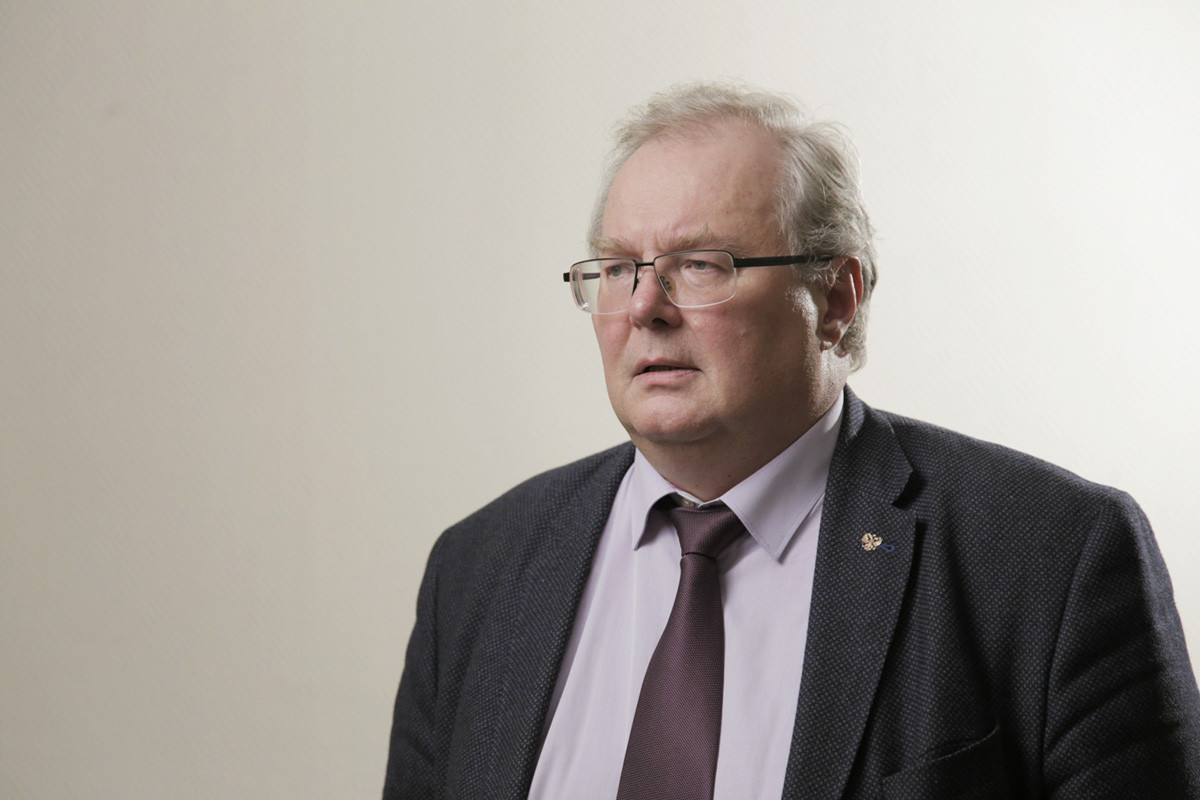
Alexey Borovkov.
Peter the Great St. Petersburg Polytechnic UniversityOne of the most important factors in containing the virus during the period of self-isolation, according to Borovkov, was the weather: when it was cold outside, people tried to go out less, which helped prevent a rapid spread of COVID-19. At the same time, Alexey Borovkov warns, a second wave of the virus may arrive in the fall, when there are more cases of acute respiratory infections and students return to large cities with the start of the new academic year, which will increase the number of social contacts. A way out could be a mixture of face-to-face and distance learning, whereby students would have an opportunity to choose the format they prefer.
To create a model of the spread of the coronavirus, researchers from the university plotted two curves of the incidence of the disease: an “optimistic” and a “pessimistic” one, since all parameters are very variable (the weather, the number of people on the street, etc.). This helped predict bottlenecks in the healthcare system (shortage of hospital beds, lack of ventilators, etc.).
A technological platform for creating vaccines
One of the university’s key areas of expertise is biomedicine based on a fundamental engineering education, i.e. training of specialists who can create drugs for treating real diseases, for example, COVID-19. Specialists from the SPbPU are working together with their colleagues from the St. Petersburg-based Research Institute of Influenza on a unified technological platform.
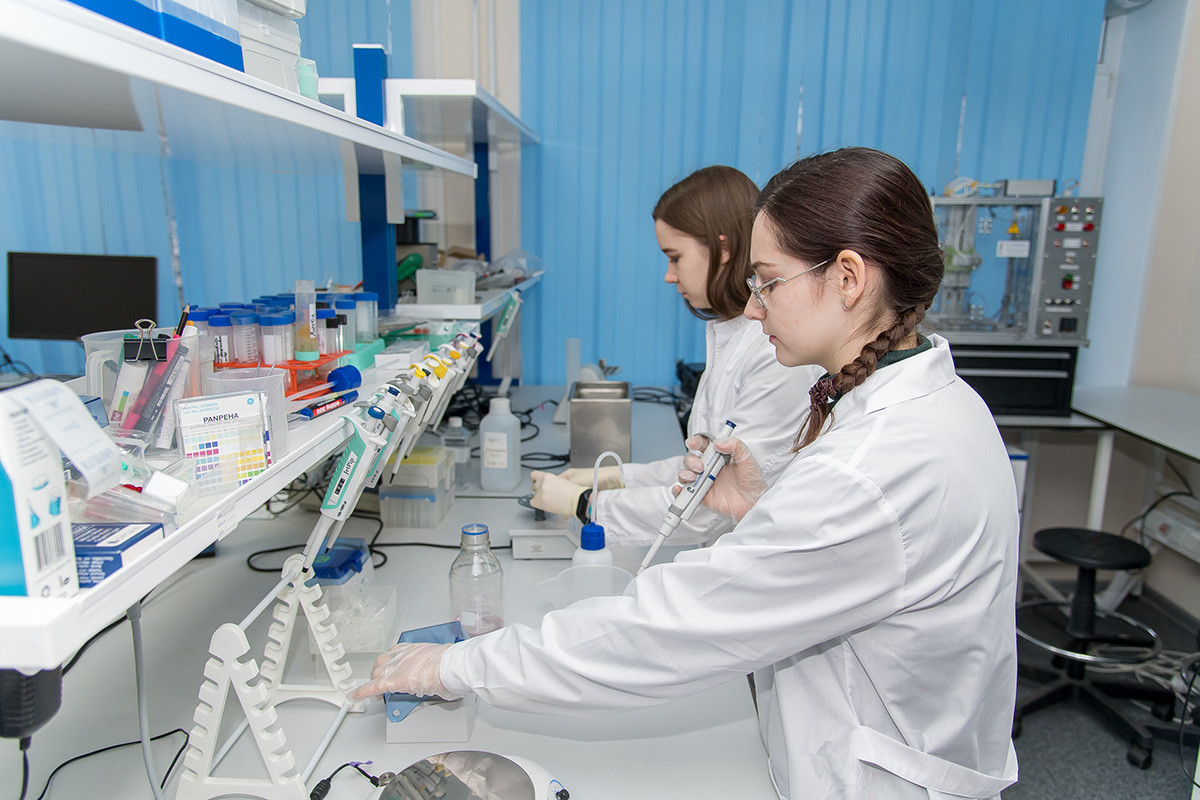
Institute of Biomedical Systems and Biotechnology.
Peter the Great St. Petersburg Polytechnic UniversityThe platform could be used to develop various new drugs in the future. The first of these will be a coronavirus vaccine based on self-replicating RNA. According to the acting head of the Institute of Biomedical Systems and Biotechnology, Andrey Vasin, its preclinical trials will begin before the end of the year. “In the future, our platform should develop into a new high-tech production for creating various types of vaccines,” he adds.
Researchers from the institute are also studying neurotic complications caused by the coronavirus and are working on rapid diagnostics projects in cooperation with their European colleagues.
Medical face shields made on 3D printers
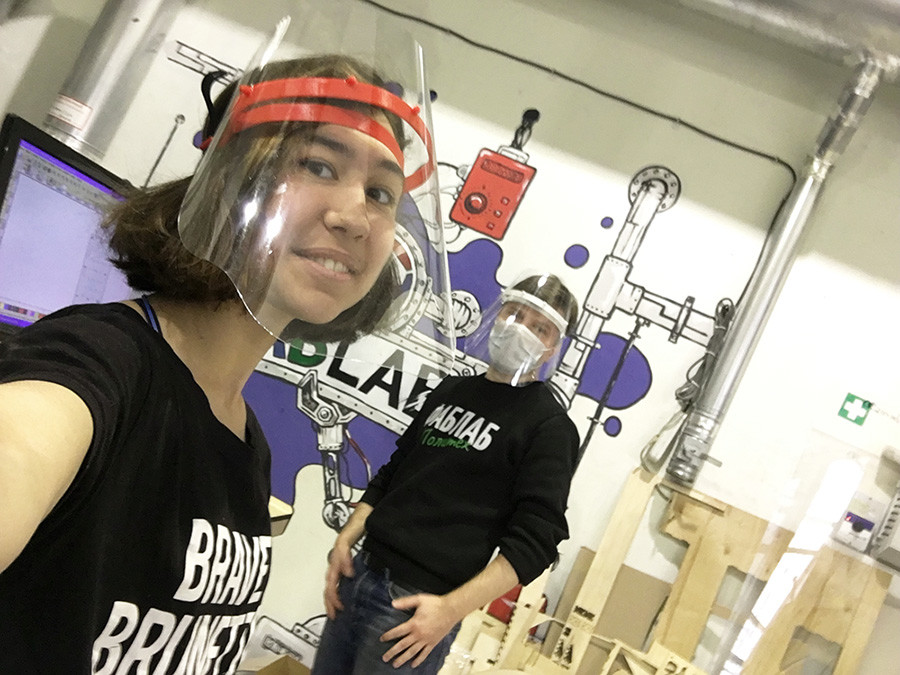
Medical face shields.
Peter the Great St. Petersburg Polytechnic UniversityIn addition to scientific research, students from the Peter the Great St. Petersburg Polytechnic University have been devoting their time to designing protective face shields for doctors. The shields are printed on a 3D printer at the university’s ‘FabLab’ (a digital production laboratory, where anyone can work on advanced devices to make components they need). Students now make about 300 face shields a day.
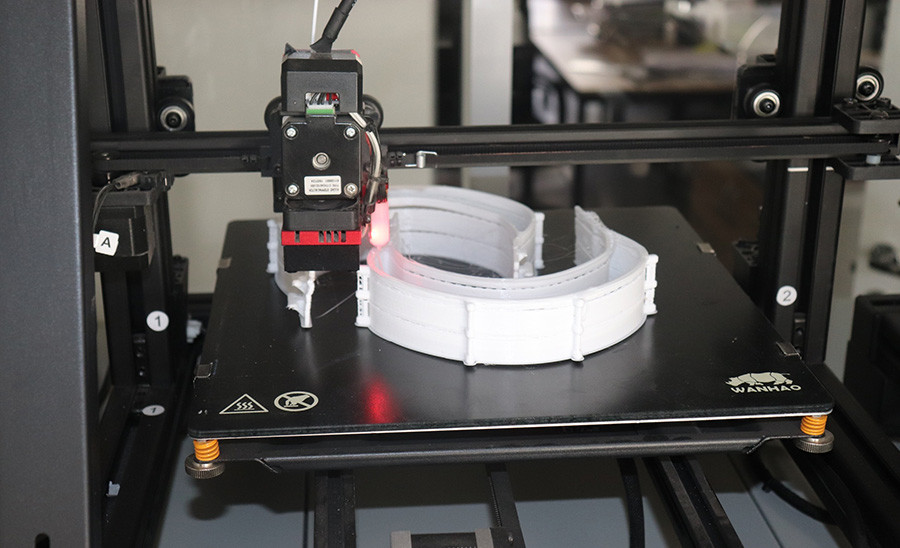
Medical face shields.
Peter the Great St. Petersburg Polytechnic UniversityOnline lab sessions
The university has been offering online courses since 2014: the Open Polytechnic program is available not only to students, but generally to anyone who wants to gain new knowledge in biomedicine, business technologies and the digital economy. The courses are free. Furthermore, many of them are available in English (you can find out more about them here). In addition, the university’s courses are available on the international educational platform Coursera and the National Open Education Portal.

Peter the Great St. Petersburg Polytechnic University.
Peter the Great St. Petersburg Polytechnic UniversityBecause of the coronavirus crisis, Peter the Great St. Petersburg Polytechnic University - as well as many other universities all over the world – was faced with the challenge of switching to remote working for the first time in its history.
“Technical specialties require direct contact between students and professors,” says Elena Razinkina, vice-rector for academic affairs. “That is why the need to carry out all education programs remotely was not easy, first of all from the psychological point of view.”
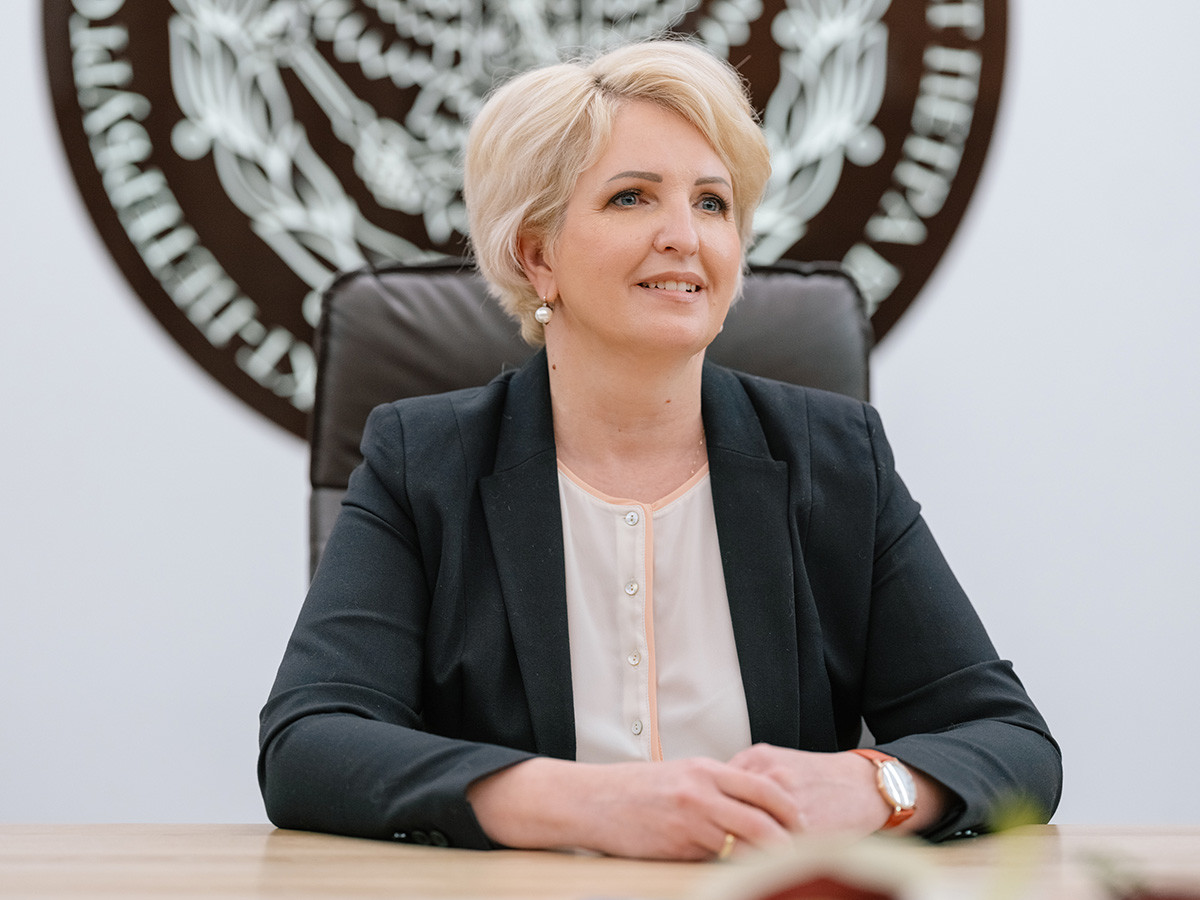
Elena Razinkina.
Peter the Great St. Petersburg Polytechnic UniversityFrom the first days of the lockdown, teaching staff were offered training seminars on how to work remotely and provided feedback to identify possible problems.
At the same time, lockdown restrictions brought some unexpected benefits, too: it is now possible to enter the university remotely, which is particularly relevant for foreign students.
The university’s open online lab sessions, which were held in real time, gathered more than 50,000 participants, who developed software for operating robotic systems (for example, in medicine) and tested them on real laboratory equipment, without leaving their homes. This format of work is expected to be used in the new academic year, as well.
If using any of Russia Beyond's content, partly or in full, always provide an active hyperlink to the original material.
Subscribe
to our newsletter!
Get the week's best stories straight to your inbox